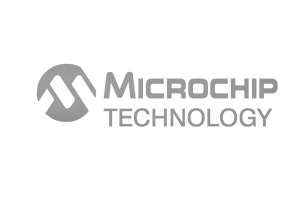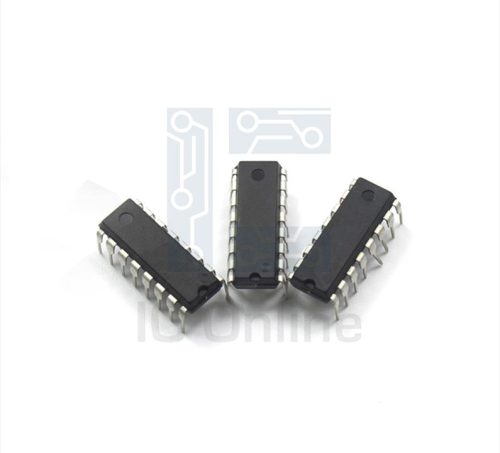JANTX2N2221AUB-Transistor Overview
The JANTX2N2221AUB is a high-reliability, NPN bipolar junction transistor designed for general-purpose amplification and switching applications. Manufactured to stringent military and industrial standards, this transistor offers robust performance in demanding environments. It features a maximum collector current of 800mA and a collector-emitter voltage rating of 40V, making it suitable for moderate-power circuits. This device is widely recognized for its stable gain characteristics and low noise figure, ensuring consistent signal amplification. Sourcing engineers and design professionals trust this transistor for its durability and compliance with MIL-STD-750 test methods. For detailed specifications and procurement, visit IC Manufacturer.
JANTX2N2221AUB-Transistor Technical Specifications
| Parameter | Specification | Unit |
|---|---|---|
| Polarity | NPN | ?? |
| Collector-Emitter Voltage (VCEO) | 40 | Volts |
| Collector-Base Voltage (VCBO) | 75 | Volts |
| Emitter-Base Voltage (VEBO) | 6 | Volts |
| Collector Current (IC) | 800 | mA |
| Power Dissipation (Ptot) | 500 | mW |
| DC Current Gain (hFE) | 40 ?C 300 | ?? |
| Transition Frequency (fT) | 300 | MHz |
| Operating Temperature Range | -65 to +200 | ??C |
JANTX2N2221AUB-Transistor Key Features
- High collector current capacity: Supports up to 800mA, enabling efficient switching in medium power circuits.
- Wide voltage ratings: Collector-emitter and collector-base voltages of 40V and 75V respectively allow operation in a broad range of applications.
- Military-grade reliability: Qualified to MIL-STD-750 ensures consistent performance under harsh environmental conditions and long service life.
- Low noise characteristics: Ideal for audio and RF amplification where signal integrity is critical.
- High transition frequency: 300 MHz transition frequency supports fast switching and signal processing applications.
- Extended temperature range: Operates reliably from -65??C to +200??C, suitable for extreme industrial environments.
Typical Applications
- Signal amplification in audio and low-power RF circuits, where stable gain and low noise are essential for clear output.
- Switching applications in industrial control systems requiring dependable transistor operation with moderate current handling.
- Interface stages in instrumentation and sensor circuits, leveraging the device??s linearity and gain stability.
- Military and aerospace electronic assemblies demanding components qualified to strict standards for temperature and vibration tolerance.
JANTX2N2221AUB-Transistor Advantages vs Typical Alternatives
This transistor stands out due to its compliance with military specifications, ensuring higher reliability and longevity compared to commercial-grade equivalents. Its broad voltage and current ratings combined with a high transition frequency make it versatile for both amplification and switching roles. The device??s low noise and gain stability improve circuit accuracy, while its extended temperature range supports demanding industrial and aerospace environments better than typical silicon transistors.
🔥 Best-Selling Products
JANTX2N2221AUB-Transistor Brand Info
The JANTX2N2221AUB is a JEDEC-registered part number commonly manufactured by leading semiconductor vendors specializing in military and industrial components






